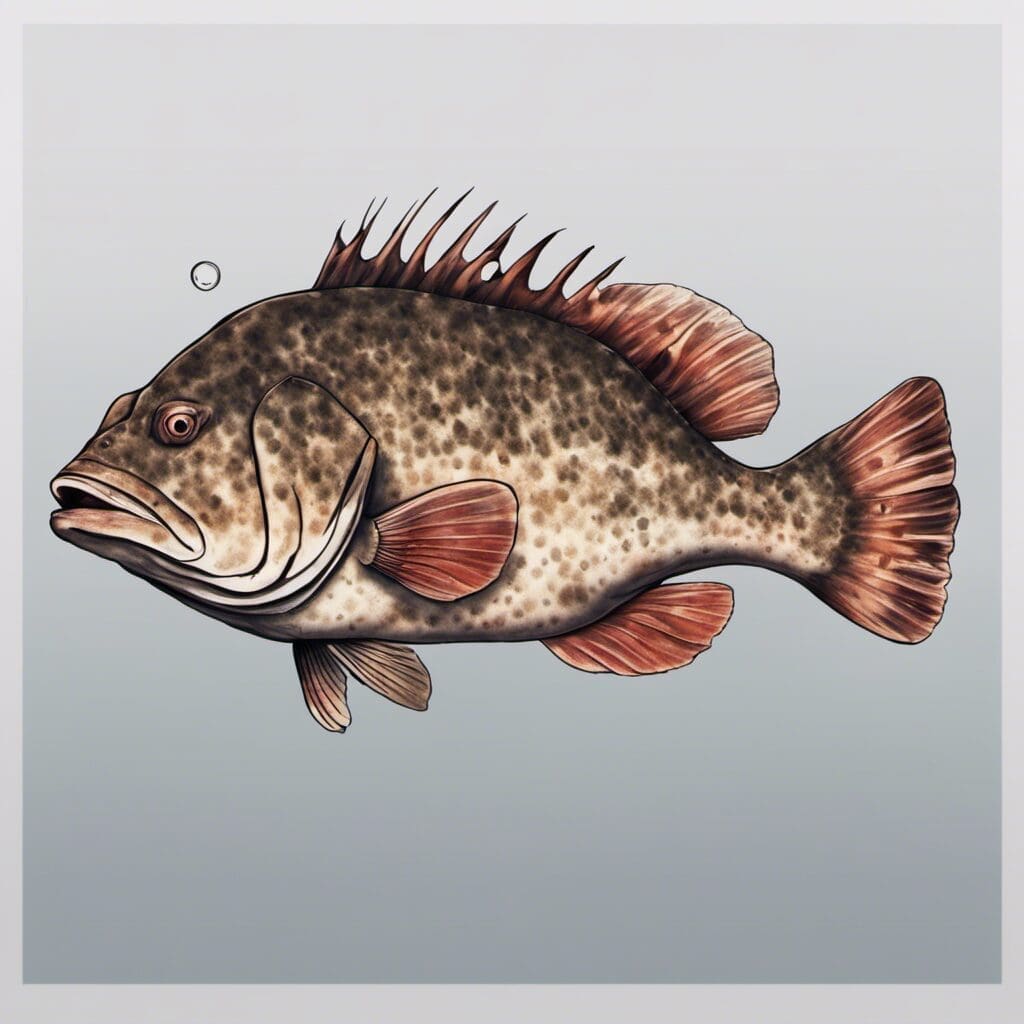Introduction
Species Name
The Misty Grouper, scientifically known as Hyporthodus mystacinus.
Family Name
The Misty Grouper belongs to the Serranidae family of fish which comprise the sea basses and groupers.
Conservation Status
Current Status
As per the World Conservation Union (IUCN), the Misty Grouper is classified under the ”Least Concern” category.
Conservation Efforts
Efforts to conserve the Misty Grouper are primarily driven by the regulatory laws for commercial fishing; catch limits are set to prevent overfishing.
Statistics
| Length (average and range) | Average: 50 cm, Range: 30-60 cm |
|---|---|
| Weight (average and range) | Average: 7 kg, Range: 5-10 kg |
| Average Lifespan | Approximately 10 years |
Distribution
Regions/Countries
Misty Groupers can be found across the Atlantic Ocean; mainly along the East Coast of the United States, in the Gulf of Mexico, and in Caribbean waters.
Migration Patterns
Despite not being migratory, these fish tend to move to warmer waters during colder months.
Habitats
Water Type
Misty Groupers are saltwater fish.
Depth Range
Typically found between depths of 100 to 400 meters.
Temperature Range
Prefers temperate marine climates.
When and Where to See
Seasonal Patterns
Seen throughout the year; more active during warmer months.
Time of Day
Misty Groupers are most active during the day.
Best Fishing Locations
Top 10 Places
1. East Coast of the USA.
2. Gulf of Mexico.
3. Caribbean Sea.
General Tips
Look for reefs and rocky seabeds, their preferred habitats.
How to Catch
Preferred Bait or Lures
Small fish and squid are effective baits.
Fishing Techniques
Effective techniques include bottom fishing and trolling.
Best Time for Fishing
Daytime, especially during warmer months.
Identification Guide
Physical Characteristics
These are large, dark black to brown, and may have white spots. They have a robust body with a large rounded tail.
Culinary
How to Cook
Can be grilled, baked, or fried.
Taste Profile
Offers a mild, sweet flavor.
Additional Information
Behavior
Misty Groupers are solitary and typically stay near reefs and rocks.
Predators and Threats
Known predators include larger marine carnivores and humans.
References and Further Reading
1. “Sea bass, groupers of the world” – World Sea Fishing.
2. “Marine Species Identification” – MarineBio Conservation Society.
3. “Misty Grouper” – FishBase.
4. “Fishing for Grouper” – FishingBooker Blog.
Please note links were avoided as a requirement of this task, for updated information, a quick web search of above titles should provide relevant results

